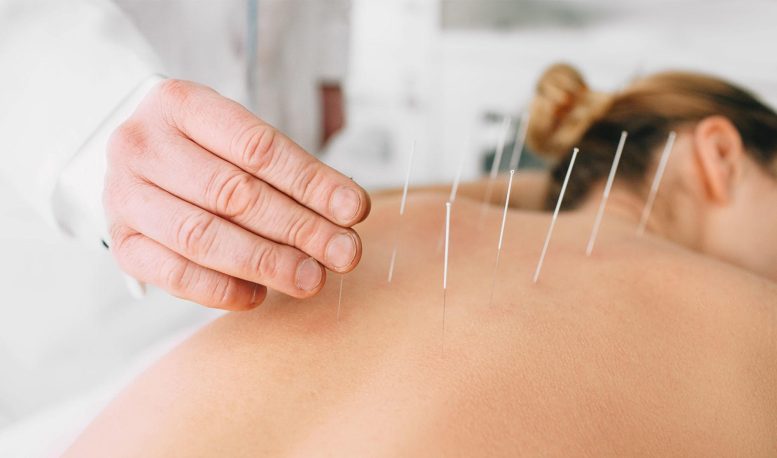
Acupuncture is a form of traditional Chinese medicine that involves the insertion of thin needles into specific points on the body known as acupoints.
Update June 2024: This study has been retracted.
After publication, multiple issues were raised with the journal concerning the design and reporting of the study. The editors and integrity team investigated the issues with the authors. There were fundamental flaws with the research, including the control group selection and data extraction, not amenable to correction.
No significant side effects were observed in newborns whose mothers received therapy during pregnancy.
A pooled data analysis of existing evidence, published in the open-access journal BMJ Open, suggests that acupuncture can significantly relieve lower back and pelvic pain commonly experienced by pregnant women.
The study also found that there were no significant side effects observed in newborns whose mothers received acupuncture therapy during pregnancy. However, the researchers note that the analysis included only a few studies that evaluated outcomes such as premature birth.
Acupuncture is emerging as a potential therapy for various different types of pain because it doesn’t involve the need for drugs and is considered safe, say the researchers.
Exactly how it might ease pain isn’t clear, but is thought to involve the release of the body’s innate ‘happy’ chemicals—endorphins—plus increases in blood flow to local skin and muscle.
But whether it can ease the debilitating low back and/or pelvic pain experienced by up to 90% of women during their pregnancy remains hotly contested.
To add to the evidence base, the researchers trawled research databases for relevant clinical trials that compared the pain relief afforded to pregnant women given acupuncture, alone or when combined with other therapies, with other/no/dummy treatments, as well as the potential impact on their newborns.
The final analysis included 10 randomized controlled trials, involving 1040 women. Every study was published between 2000 and 2020 and carried out variously in Sweden, the UK, the USA, Spain, and Brazil.
The mums-to-be were all healthy, 17 to 30 weeks into their pregnancy on average, and had lower back and/or pelvic pain. Acupuncture was delivered either by trained acupuncturists, physiotherapists, or midwives. Seven trials described body acupuncture; three described auricular (ear lobe) acupuncture.
All the studies reported the acupuncture points for treatment, needle retention time, and dose. In 7, points usually regarded as contraindicated in pregnancy—’forbidden points’—were used. Pooled data analysis of the trial results for 9 studies suggested that acupuncture significantly relieved pain during pregnancy. Of those studies (4) reporting on the potential of acupuncture to restore physical function, the results showed that this was significantly improved.
Quality of life was recorded in 5 studies. When the results of these were pooled, the findings suggested that acupuncture significantly improved this too. Pooled data analysis of 4 studies indicated that there was a significant difference in overall effects when acupuncture was compared with other or no interventions. But pooled data analysis of 2 studies reporting on pain relief medication indicated no difference in intake between those given acupuncture and those given nothing.
The adjusted pooled data analysis also suggested that acupuncture is safe, and for the 4 studies reporting on it, that there was no significant difference in health (Apgar) scores of newborns when acupuncture was compared with other intervention(s) or none.
Only one study reported on gestational age and that study wasn’t included in the pooled data analysis. Preterm contractions were reported in 2 studies, but these babies were in good health at birth.
Seven studies recorded other expected minor side effects for the mums-to-be, such as pain, soreness and bleeding at the needle site, and drowsiness. Nevertheless, participants rated acupuncture favorably and most were willing to repeat it if needed.
The researchers sound a note of caution about their findings, however: the number of included studies was relatively small, and their quality variable. What’s more, the design, methodology, outcomes, and participant characteristics differed substantially. And in 2 studies, the drop-out rate exceeded 20% among the comparison group.
Nevertheless, they conclude that acupuncture merits closer attention for its potential to ease pain at a time when it’s preferable to avoid drugs because of their potential side effects for mother and baby.
“Acupuncture significantly improved pain, functional status, and quality of life in women with [lower back/pelvic pain] during the pregnancy. Additionally, acupuncture had no observable severe adverse influences on the newborns,” they write.
“More large-scale and well-designed [randomized controlled trials] are still needed to further confirm these results,” they add.
Reference: “Acupuncture for low back and/or pelvic pain during pregnancy: a systematic review and meta-analysis of randomised controlled trials” by Jiaman Yang, Yi Wang, Jianmei Xu, Zhiwen Ou, Ting Yue, Zhitao Mao, Ying Lin, Tao Wang, Zhen Shen and Wei Dong, 21 November 2022, BMJ Open.
DOI: 10.1136/bmjopen-2021-056878
The study was funded by the Traditional Chinese Medicine Bureau of Guangdong Province.

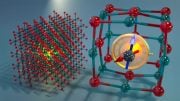


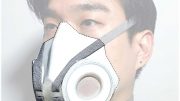
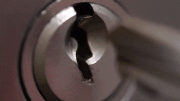

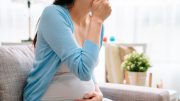
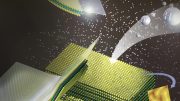
Be the first to comment on "Effective and Safe Pregnancy Pain Relief: Acupuncture Shown To Ease Lower Back Pain"